World Heritage in the North Amazon Rout of Peru: the summer journey of two UNESCO Chairs
In August 2024, our two collaborators Anna Picco-Schwendener and Adine Gavazzi, together with Suzanna Marazza, of USI’s CCdigitallaw, presented some of their work during a trip in Peru.
In Chachapoyas(Amazonas) they visited the archaeological site of Kuélap, which is inscribe in the World Heritage tentative list, and the exhibition “Kuélap en la Mirada de Heinz Plenge”, which they designed, produced and curated. In the evening they presented the homonymous digital exhibition available on Google Arts & Culture to the community at the Dirección Desconcentrada de Cultura – Amazonas (DDC) in Chachapoyas. The next morning, before leaving to Karajía and Jaén the delegation had a meeting with the director of the DDC Rocio Del Pilar Sánchez Chavez, the director of the Archaeological Research Program PRIA and of Kuélap, Jose Bastante and the two most recognized and awarded Peruvian architects Jean Pierre Crousse and Sandra Barclay to discuss about the creation of a new visitor centre in Kuélap.
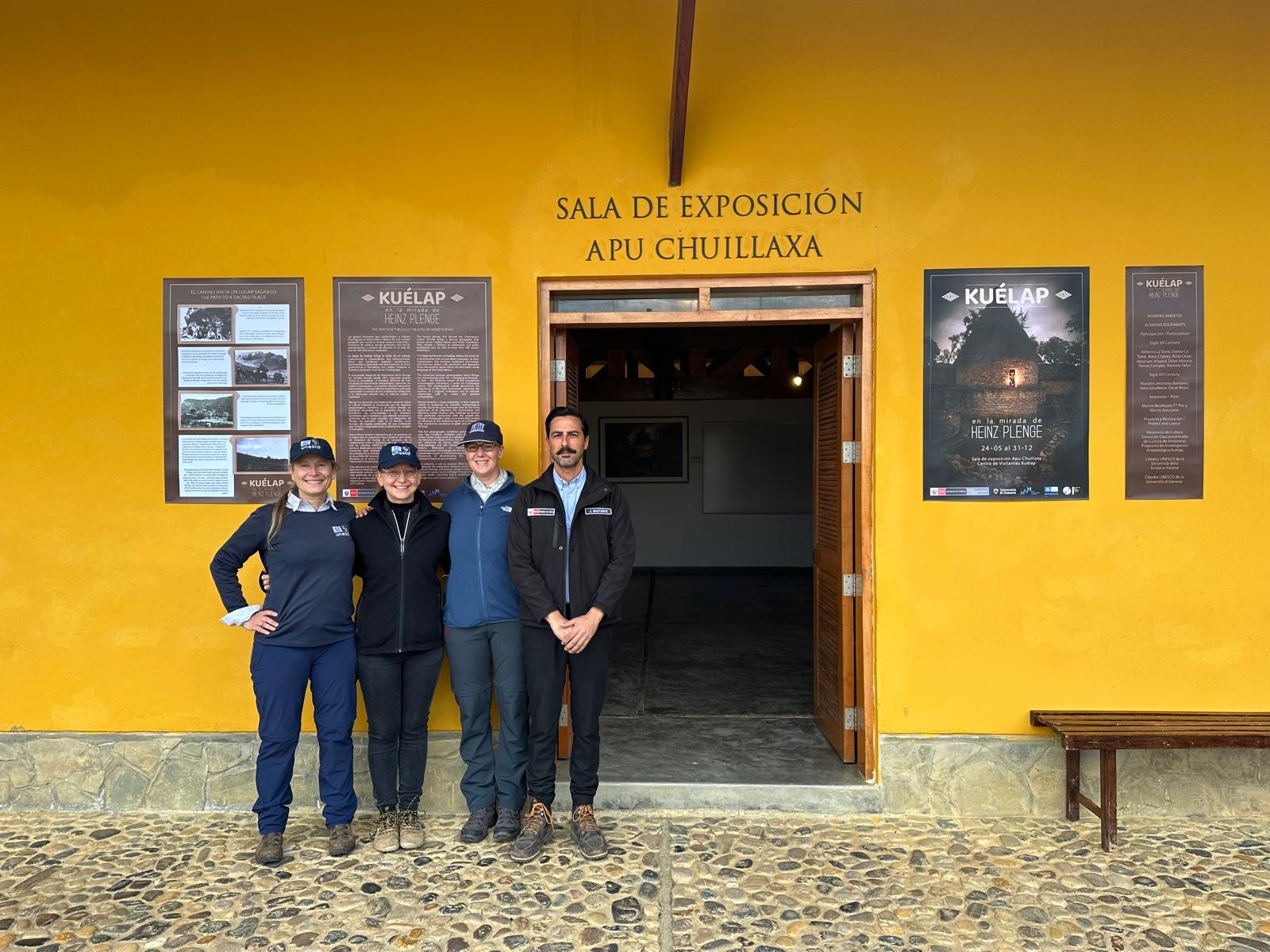
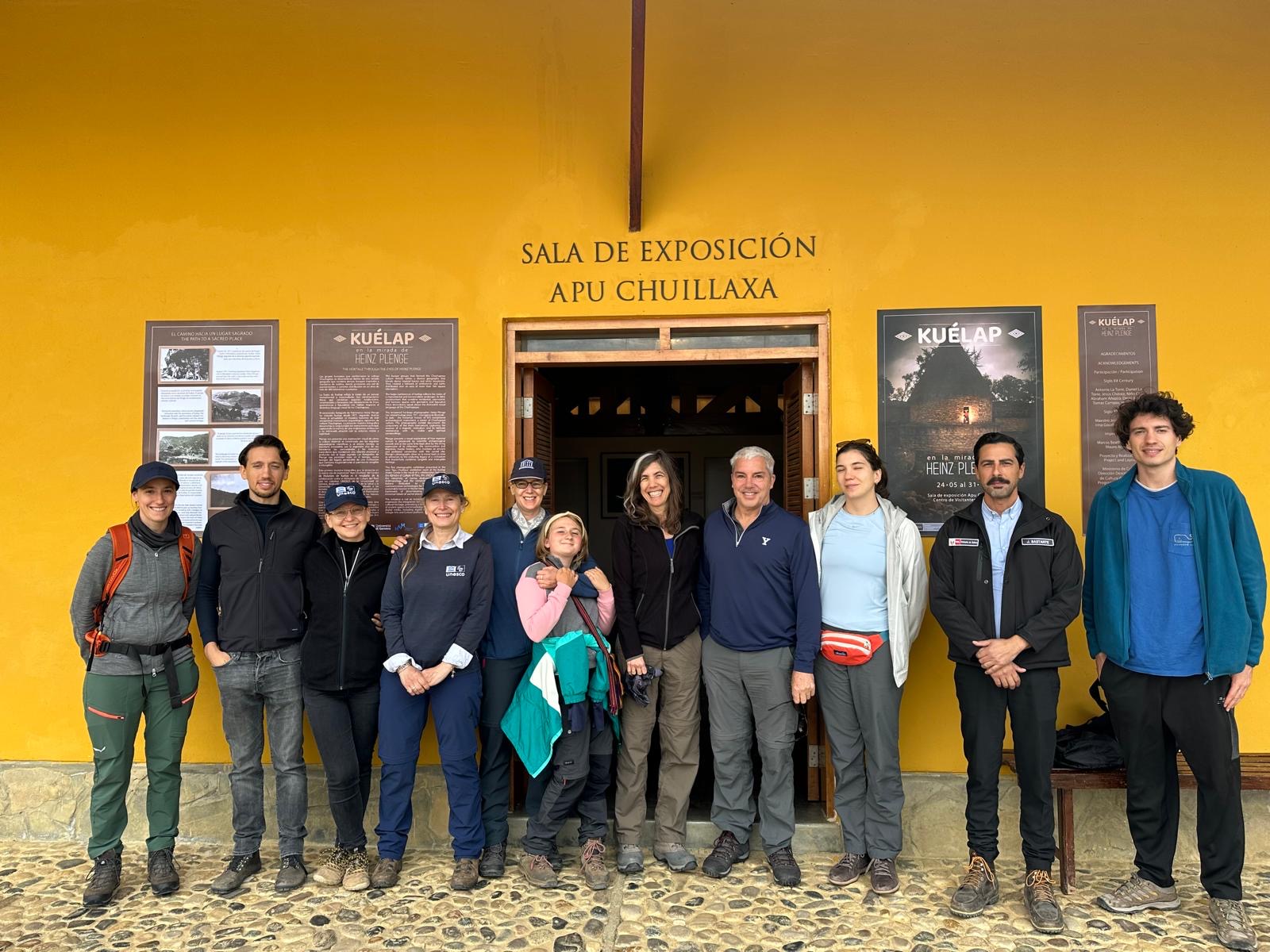
On the way to Jaén, the delegation stopped in San Miguel de Cruzpata to visit Karajía. Community women of the asociacion de turismo y artesania en defensa del patrimonio cultural de Karajía guided the team to the monumental anthropomorphic Chachapoya sarcophagi placed inside a steep wall. Chachapoya buried their important dead high up, in difficult to access places, beneath the sun and close to water. Each coffin contains the mummified mortal remains of an individual together with offerings. In the tiny museum in San Miguel de Cruzpata the story of Karajia is told and parts of broken sarcophagi are exposed.
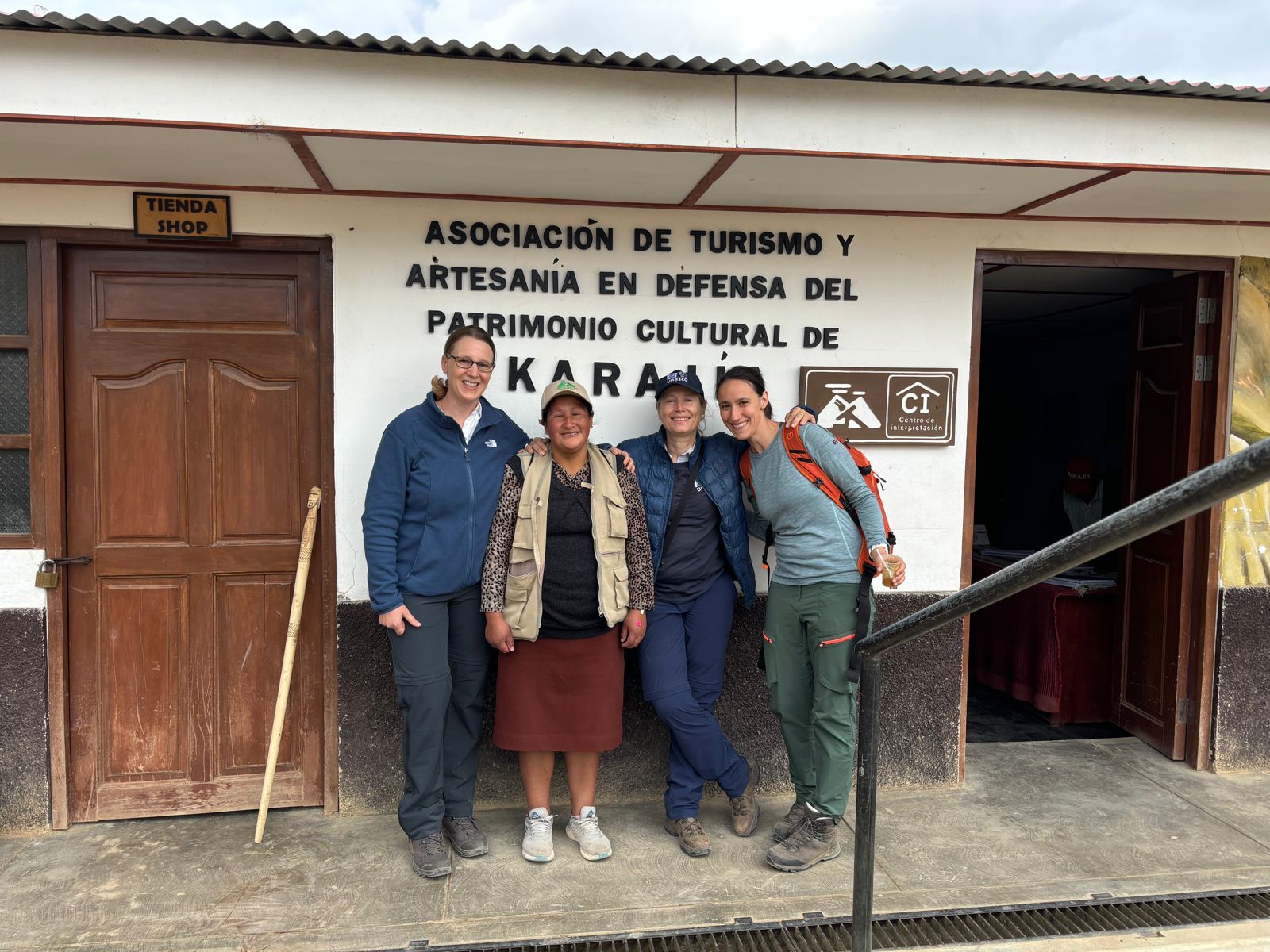
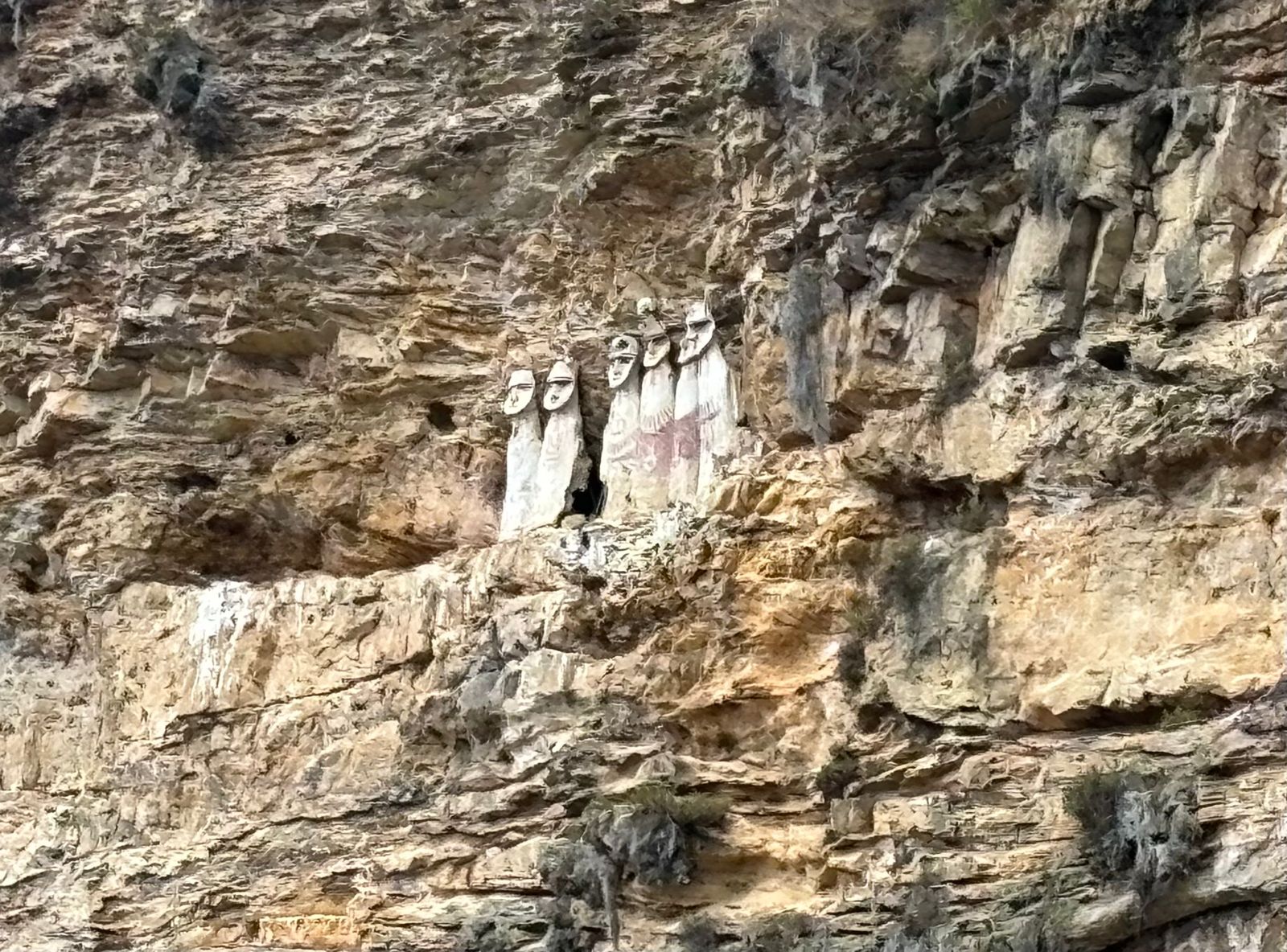
In Jaén (Cajamarca) they were welcomed by Quirino Olivera, the archaeologist who discovered and excavated the Huaca Montegrande, a spectacular 5’300-year-old large stone spiral temple. He showed them his extraordinary archaeological work during which, he also discovered history’s oldest cacao, which makes Peru its ancestral home.
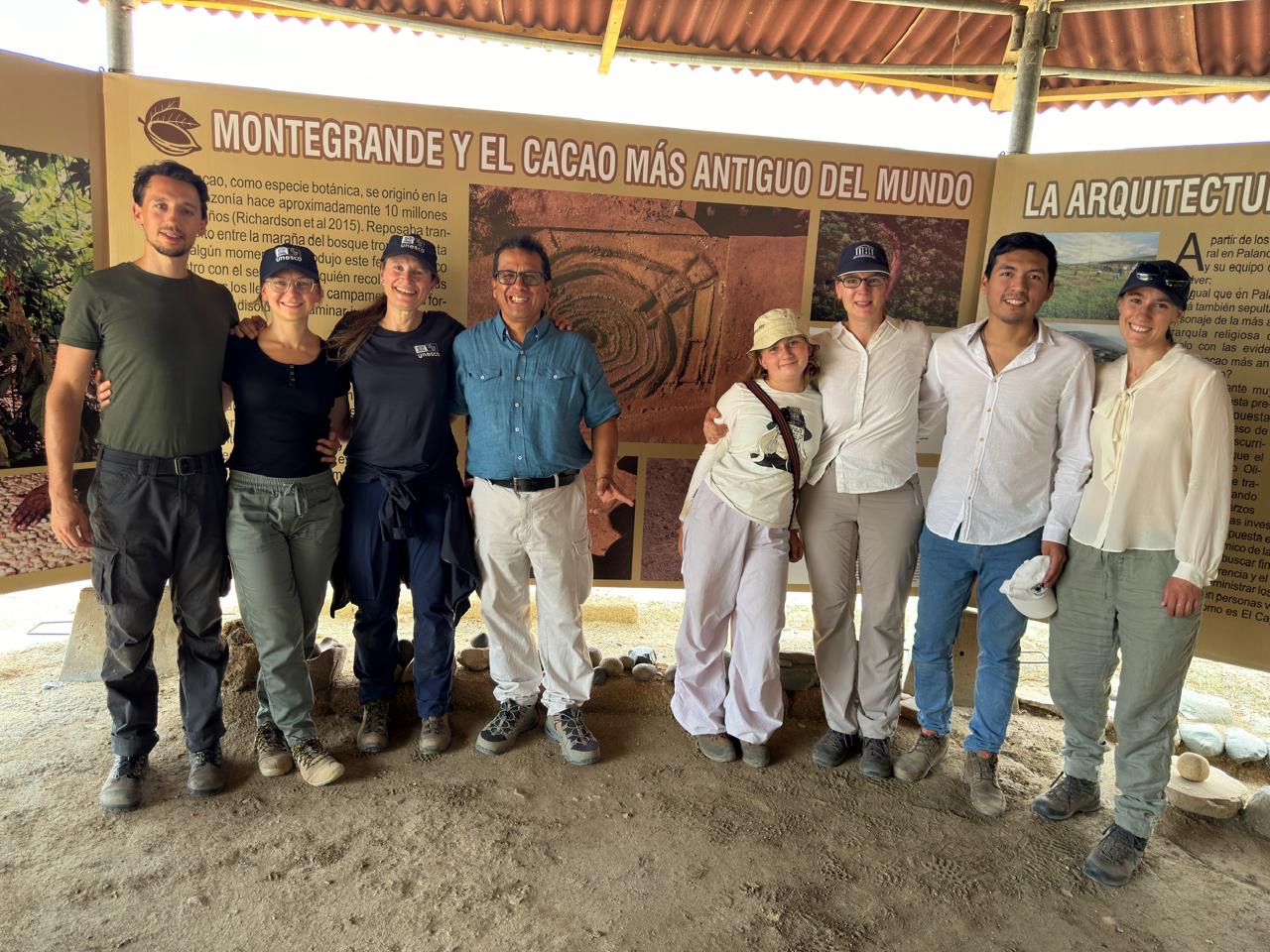
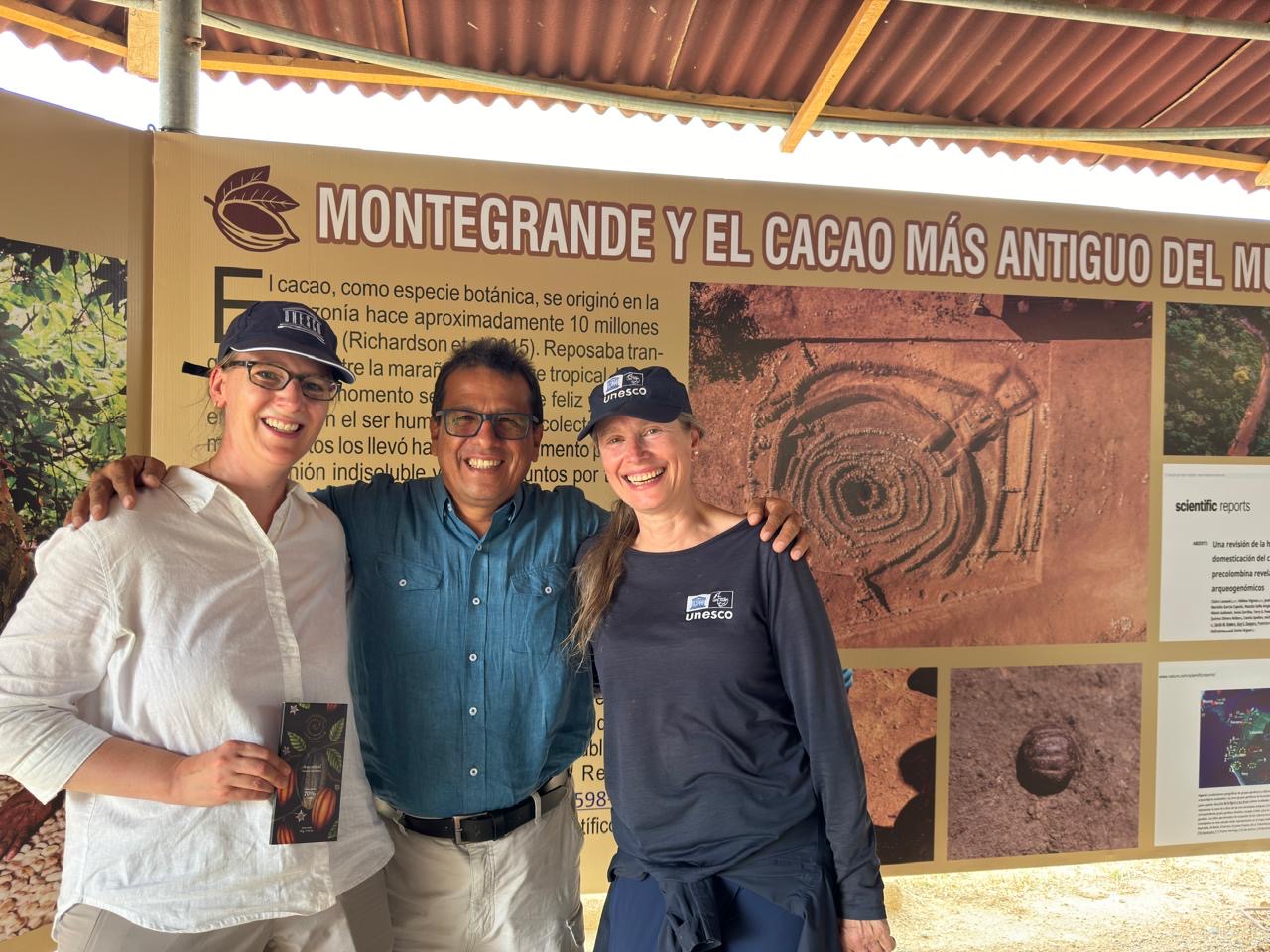
Next, the UNESCO delegation has been officially received by the community of Pampa Grande with traditional dances, music, welcome words and many culinary and cultural gifts. A round table, discussing preservation and conservation of their traditions, language and archaeological heritage completed the visit.
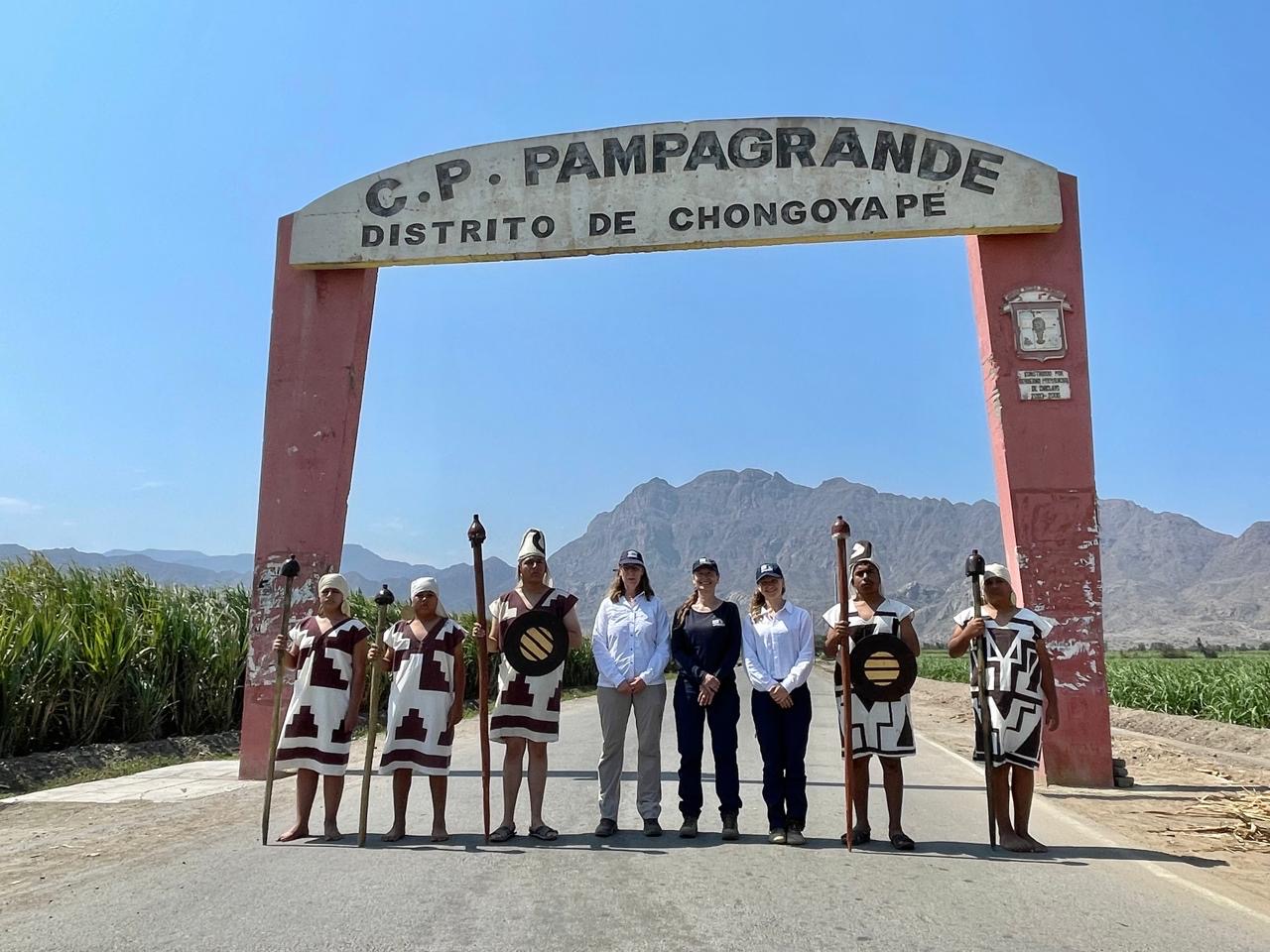
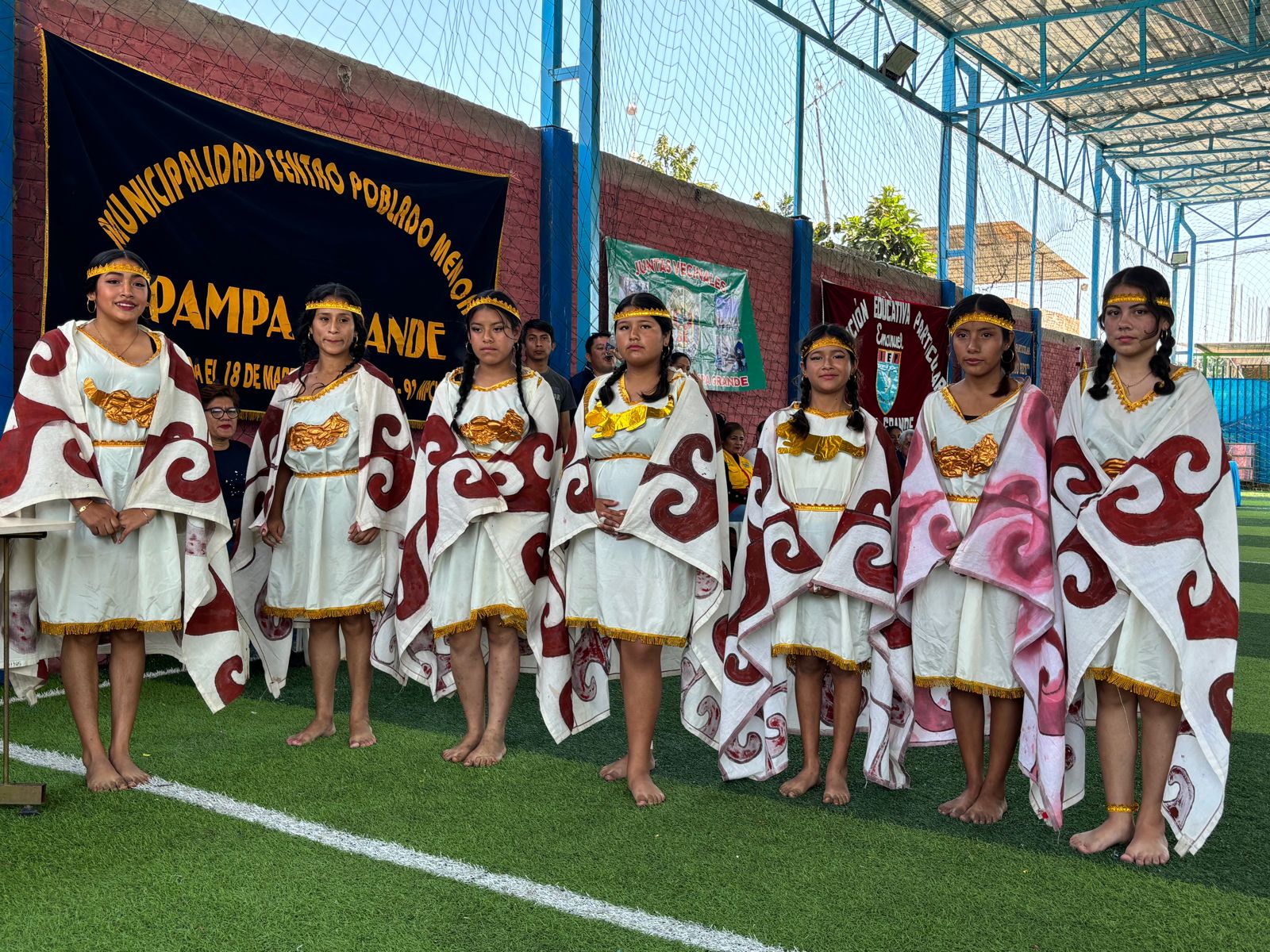
The UNESCO delegation then spent some days in Chaparrí, the first private conservation area of a Muchik community in Peru, where the original dry-wood landscape has been integrally restored, providing animal species and plants a new living space.
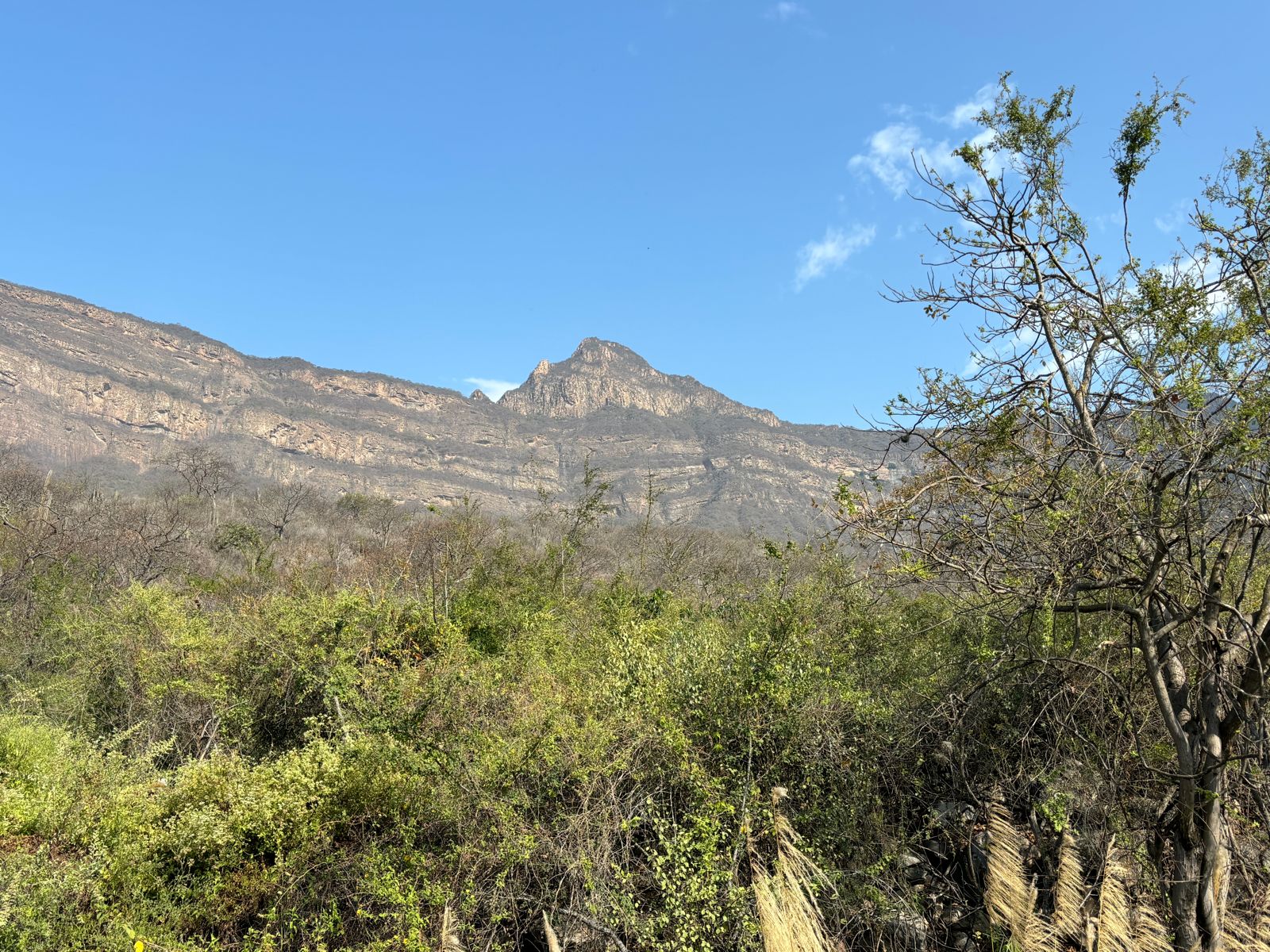
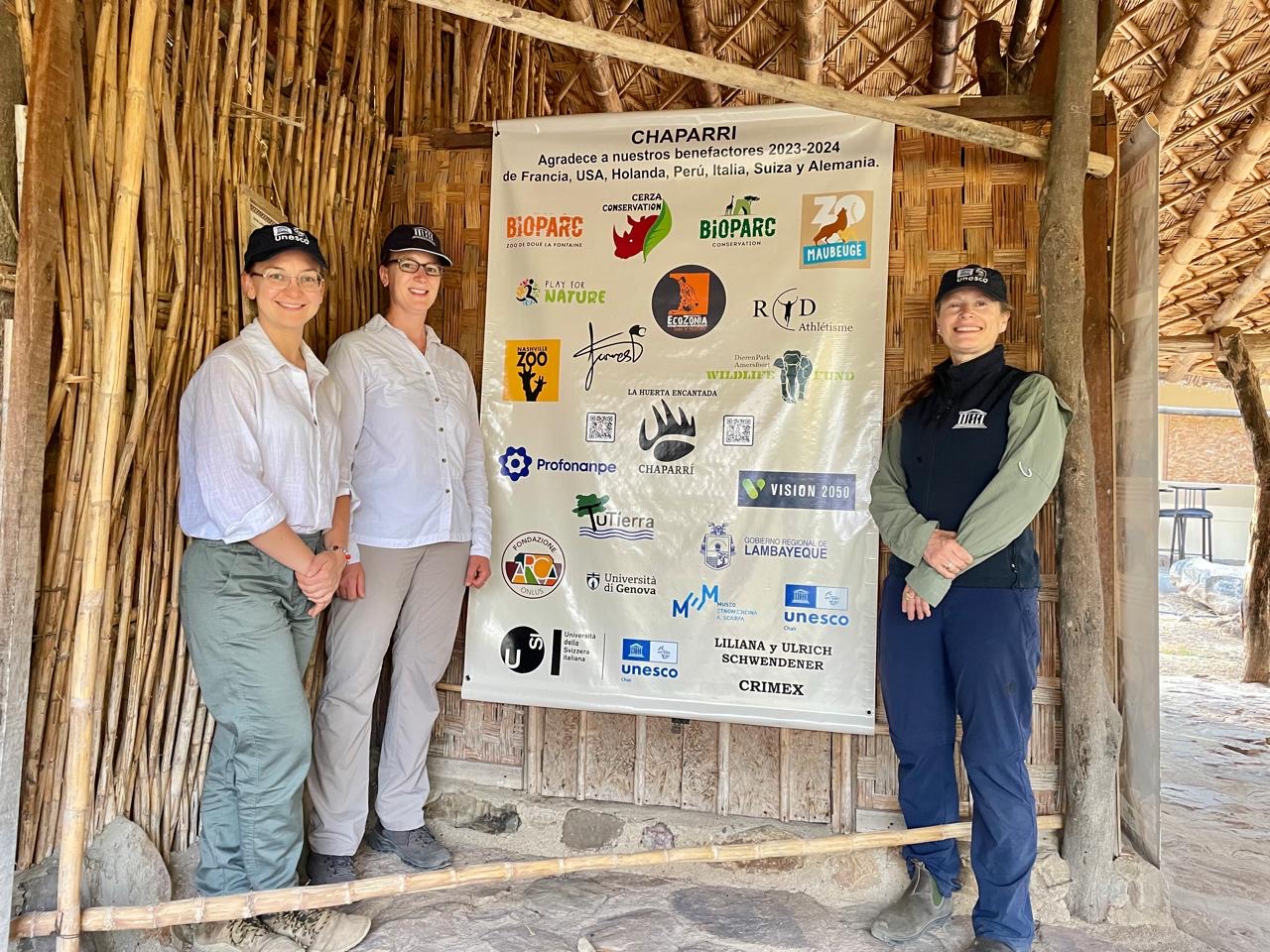
In the evening of a full-moon night the delegation had the chance to participate at a traditional Muchik ceremony held by the maestro curandero Teo del Huaira and his assistants. Chaparrí, in fact plays an important role in rehabilitating traditional maestros “curanderos” thanks to the many medicinal plants of the sacred landscape of the mountain and its “Casa de la luna”.
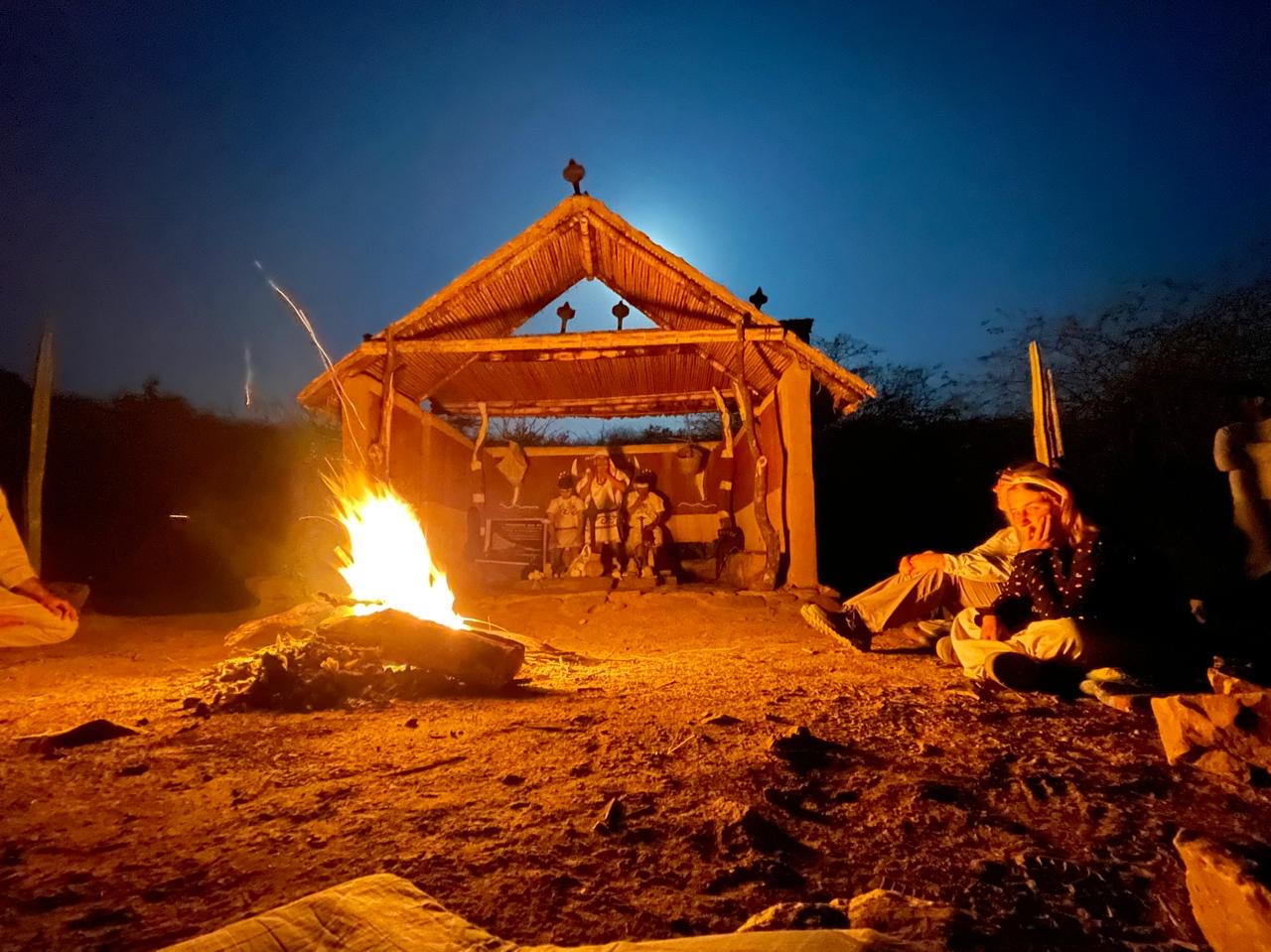
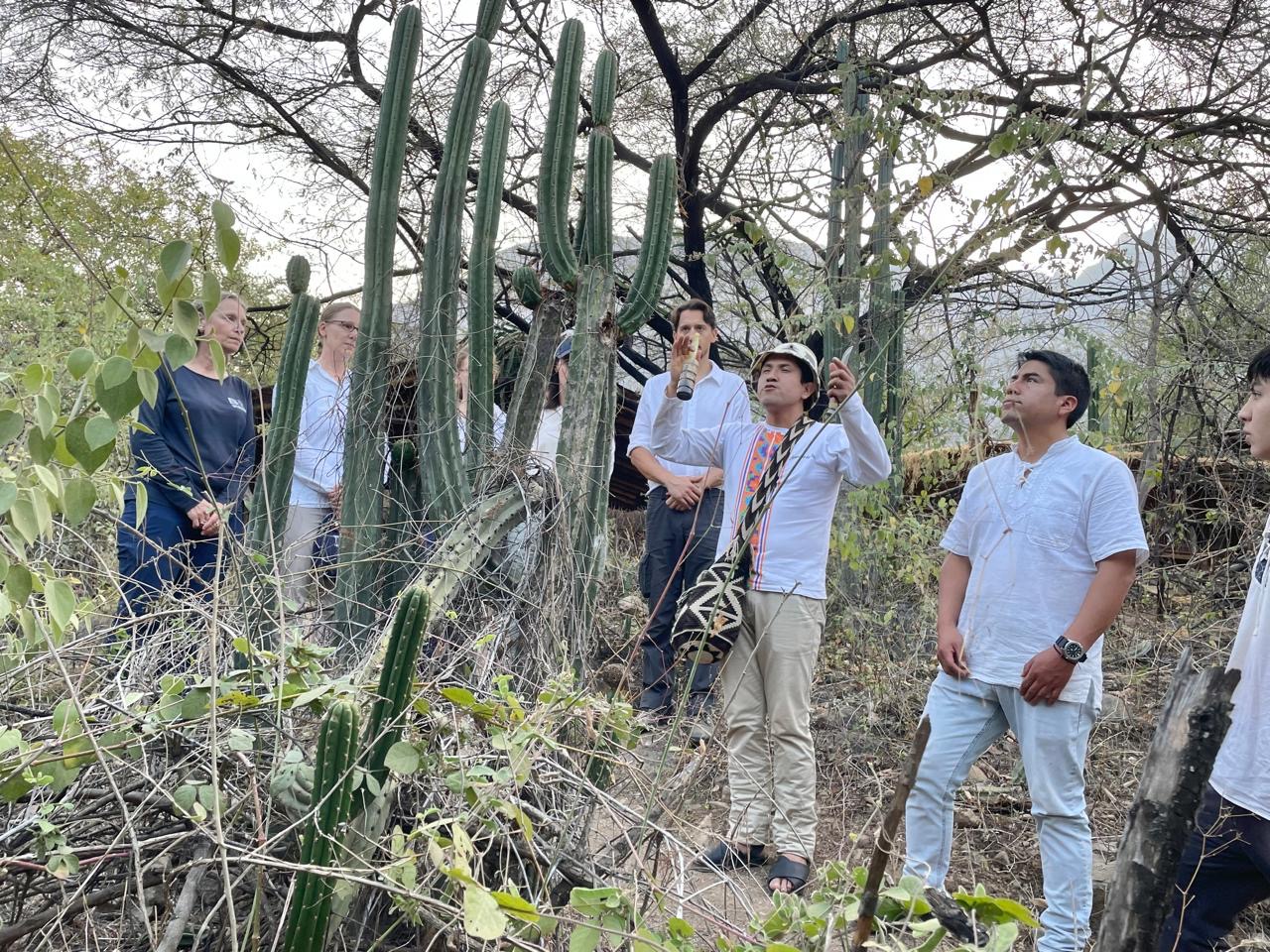
Before leaving the area of Chiclayo the delegation visited the archaeological site and eco-museum of Tucume, to plan with the director Bernarda Delgado, Heritage photographer Heinz Plenge, maestro Marco Mosquera and his wife Maria, daughter of the curandero Santos Vera, a physical and online exhibition on the lineage of this celebrated Maestro.
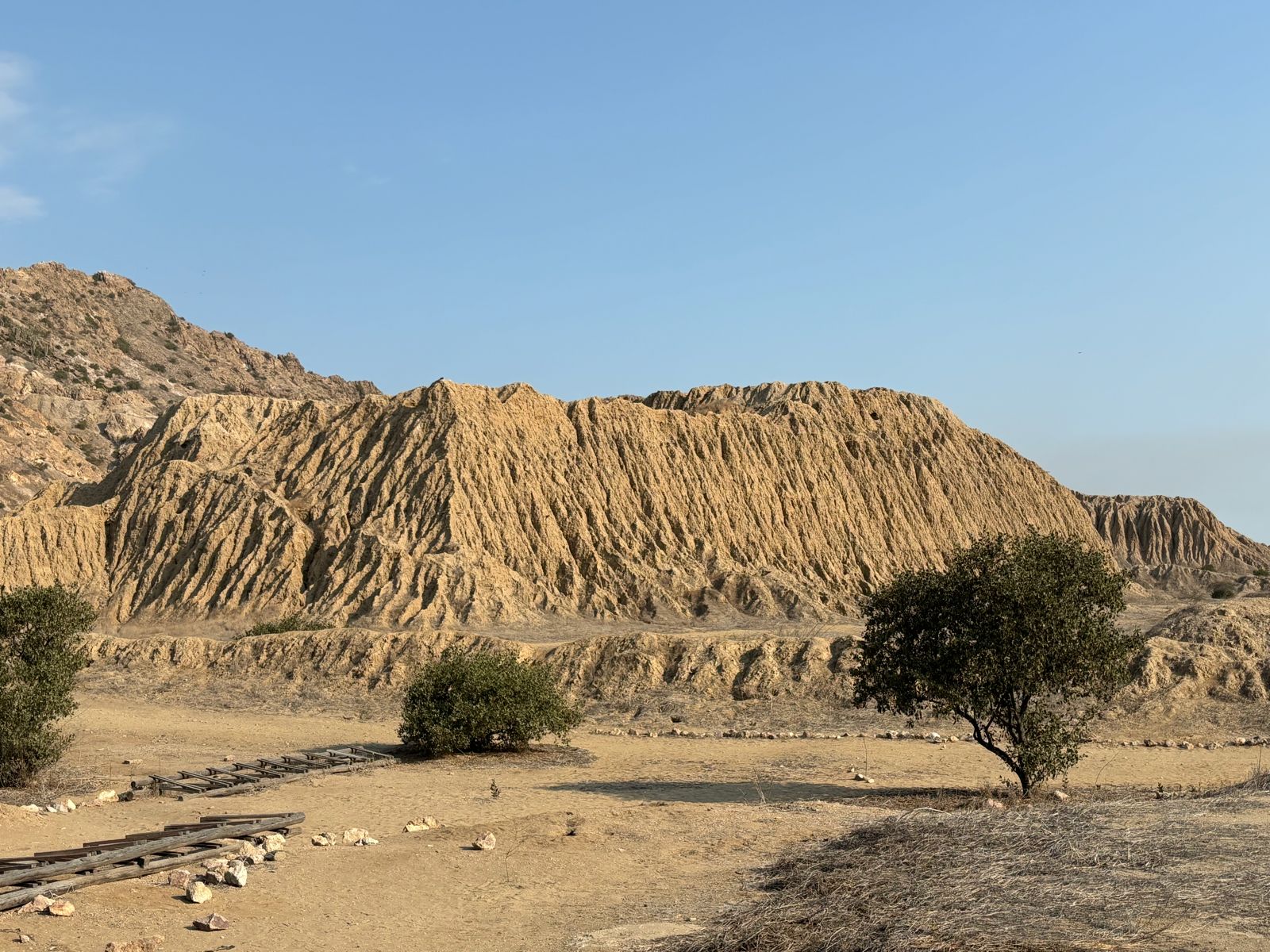
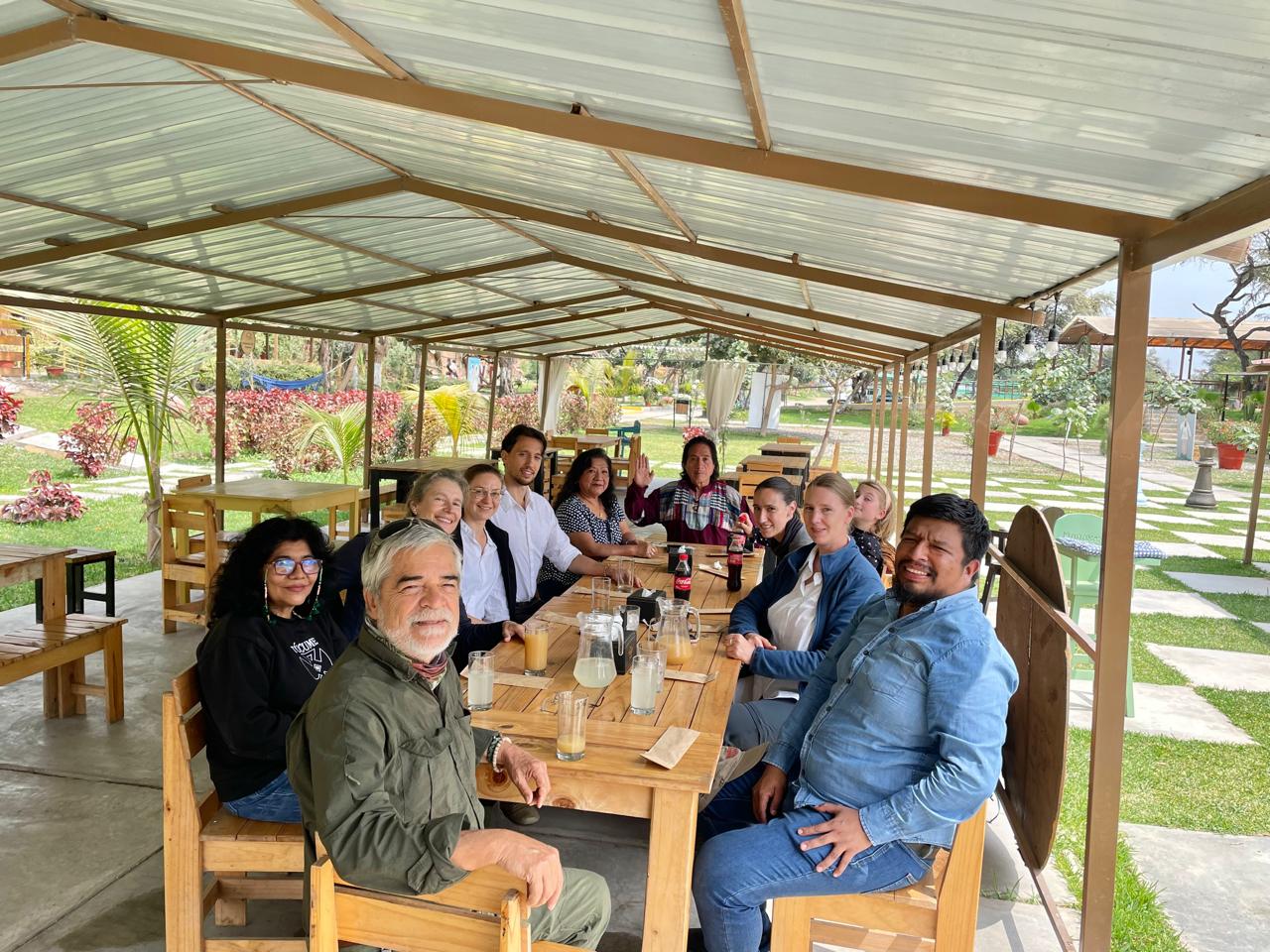
The North Amazon route of the region then leads the delegation to Moyobamba, where it has been welcomed by the director of the Dirección Desconcentrada de Cultura – San Martín, Luiz Vasquez and archeologist Tania Jimenez. They visited the beautiful Muséo Departamental de San Martin, showcasing a collection of the living heritage of the Awajún, Shawi and Kichwa cultures and the archaeological sites of Gran Pajaten, Los Pinchudos and Cerro Central, located within the mixed World Heritage Site (WHS) Parque Nacional del Río Abiseo.
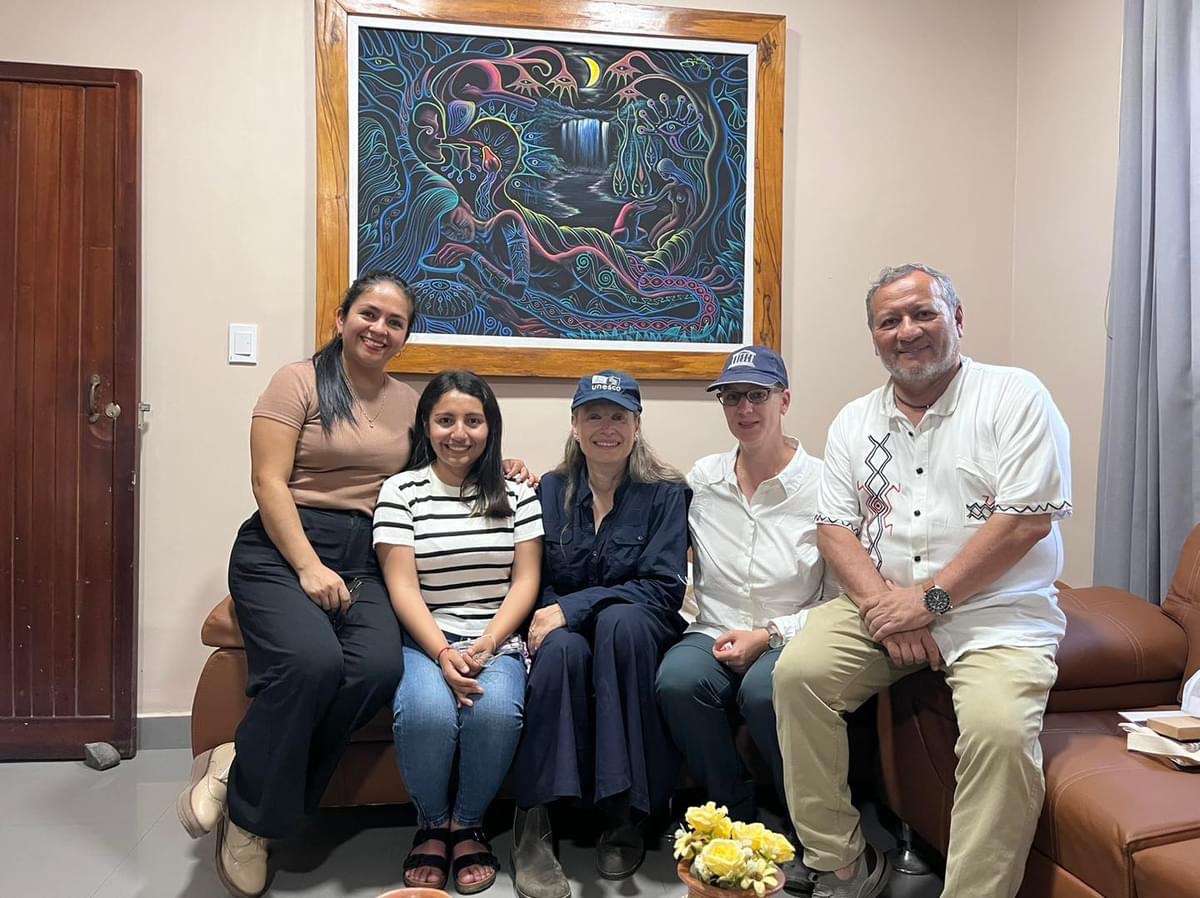
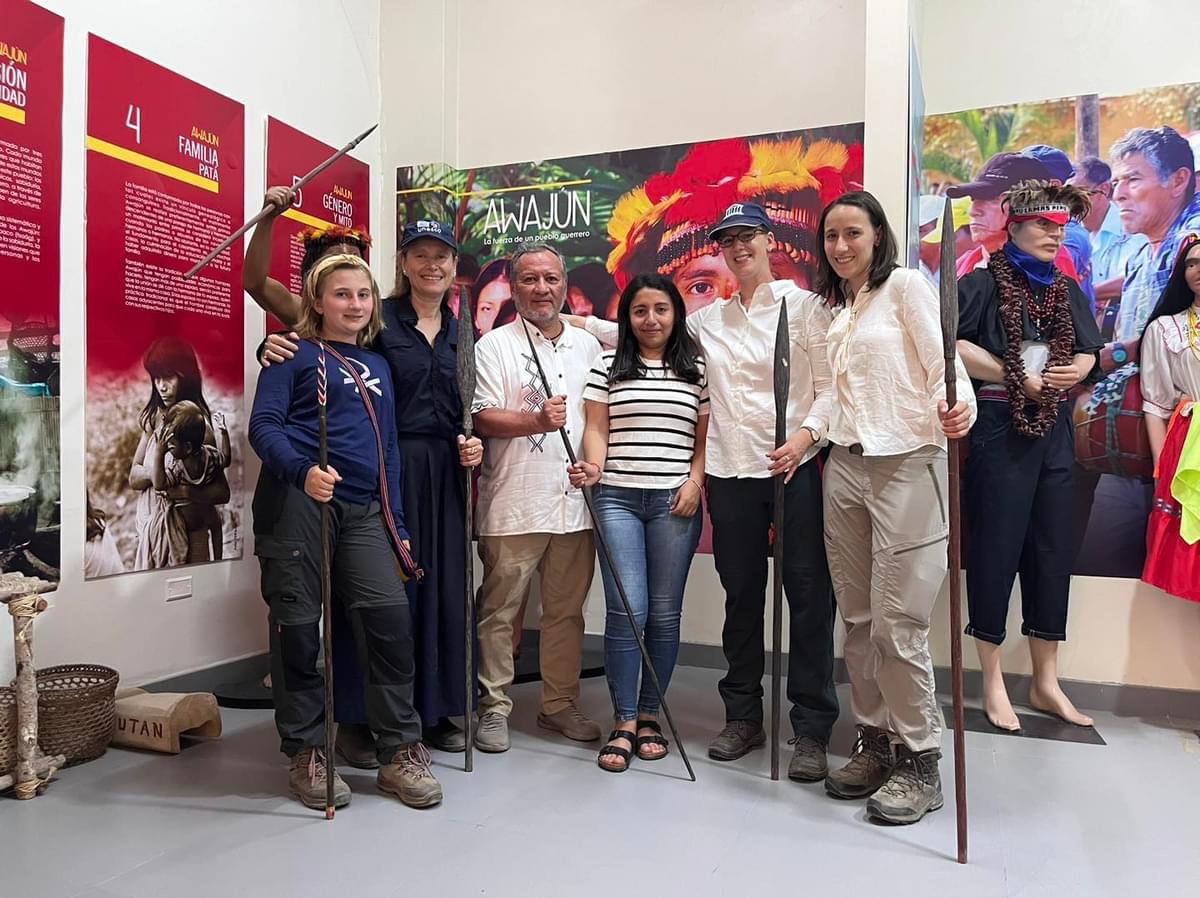
In Tingana the group could experience a very interesting tourism model that allows tourists to get in contact with communities and visit their activities (medical plants, agro-forestry, vanilla plantation, etc.). Everything is centrally coordinated, the tourist is picked-up at the hotel and guided through the whole experience by various experts, which results in a very authentic, wholistic and pleasant adventure of discovery for the visitor.
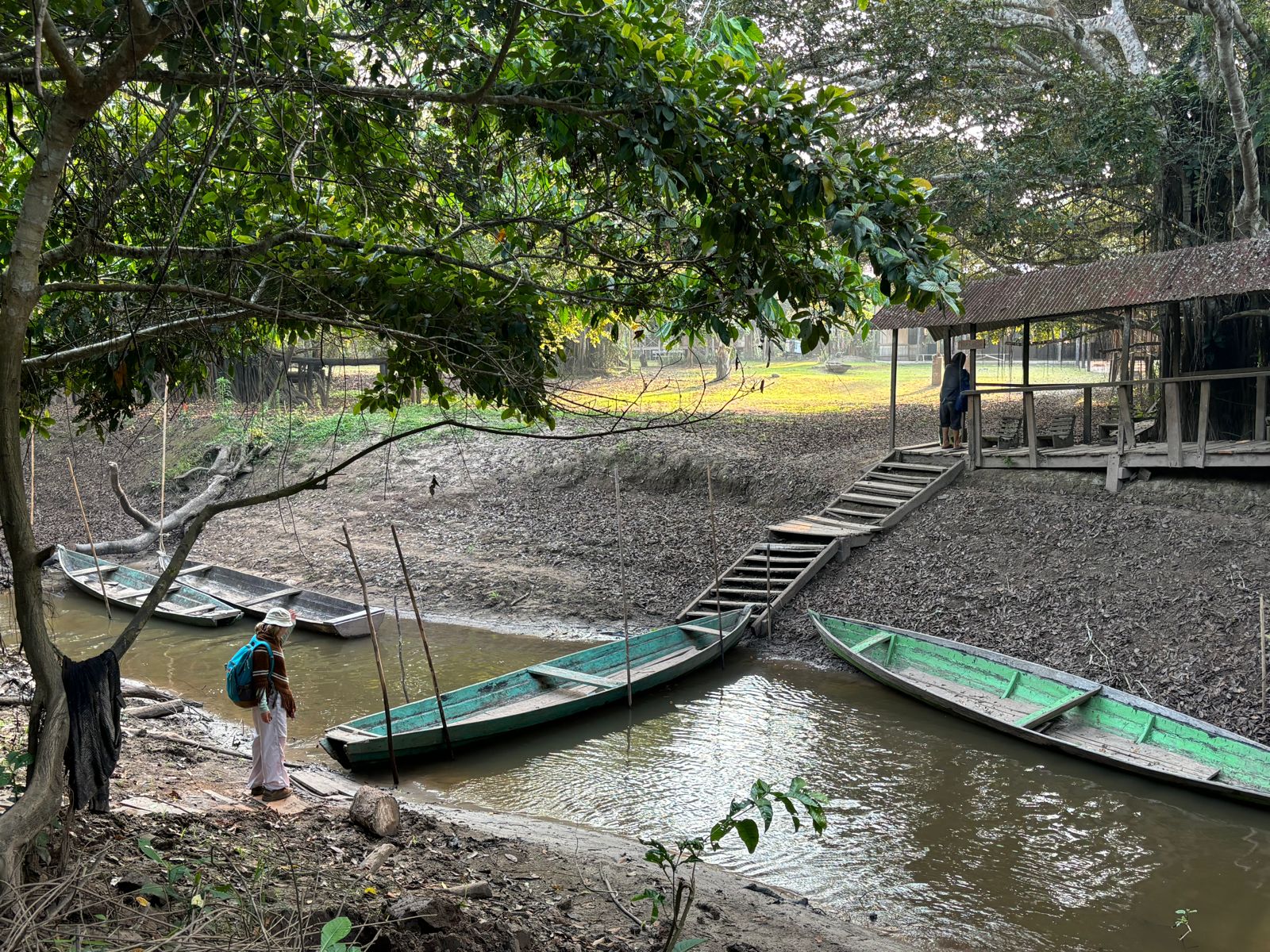

On the way to Juanjuí, the delegation paid a visit to entrepreneur and Gran Pajaten Biosphere Reserve co-founder Roldan Rojas, who presented a very effective example of sustainable agroforestry connecting different ecosystems and fruit production.
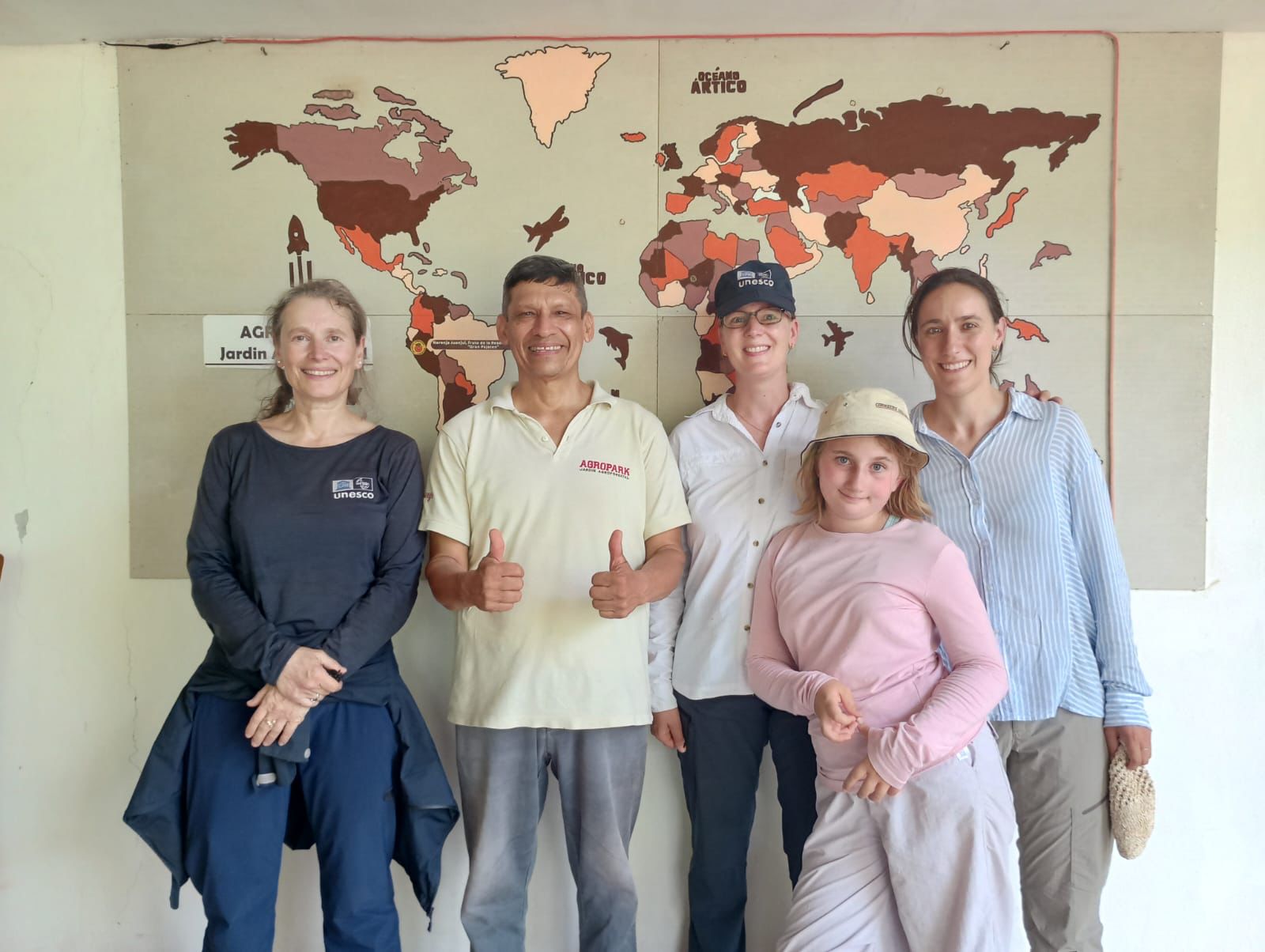
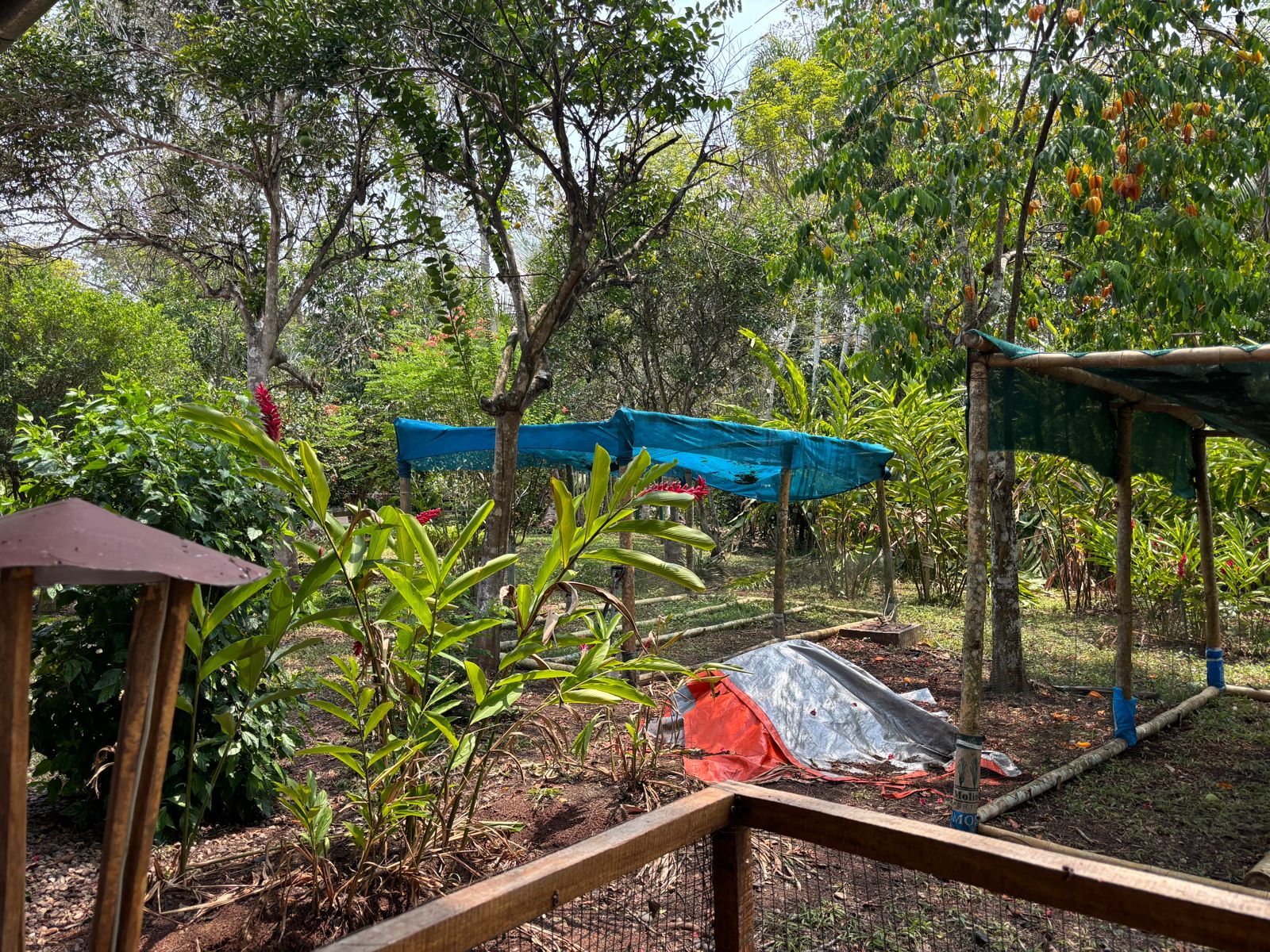
Next the delegation visited the eastern border of the WHS Parque Nacional del Río Abiseo managed by anthropologist Victor Macedo. On a boat on the Río Abiseo they reached the botanical station of El Churo, where they visited and connected to one of the world most biodiverse ecosystems, primary forests, caves, waterfalls, fauna and flora. By boat they joined the Santa Rosa Chacha community, producing cacao for the excellent Swiss chocolate ChobaChoba. In conversation with founder Don Osvaldo, they learned about the chocolate producing process. The cacao beans are in fact fermented and dried at the Puesto de Control Pillco and then sent for further elaboration to Switzerland, but only the top 7% of the harvest. The rest is elaborated for example in Juanjuí by “Abiseo Chocolates”, a small manual chocolate manufacturing company, which they had the opportunity to visit.
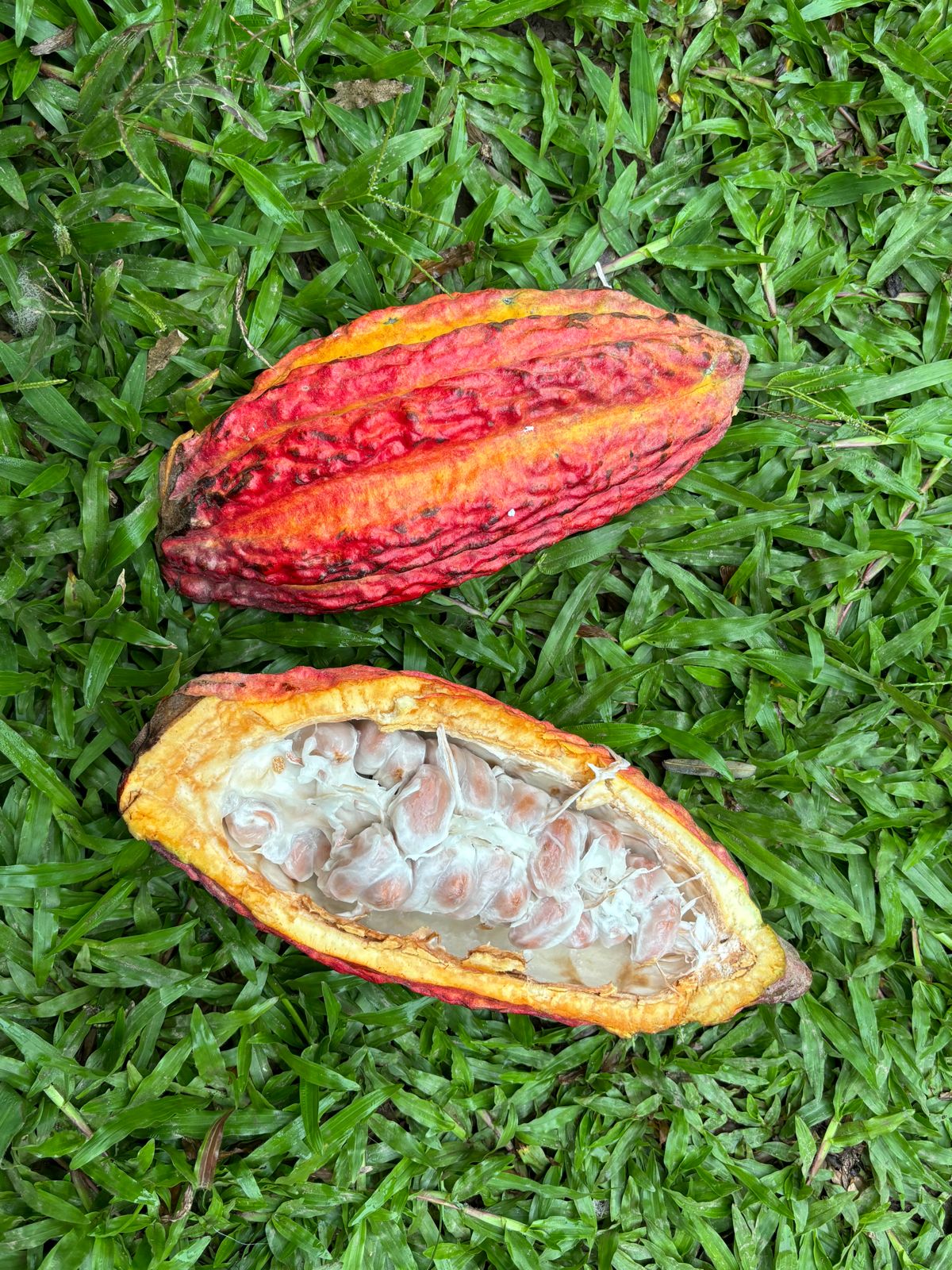
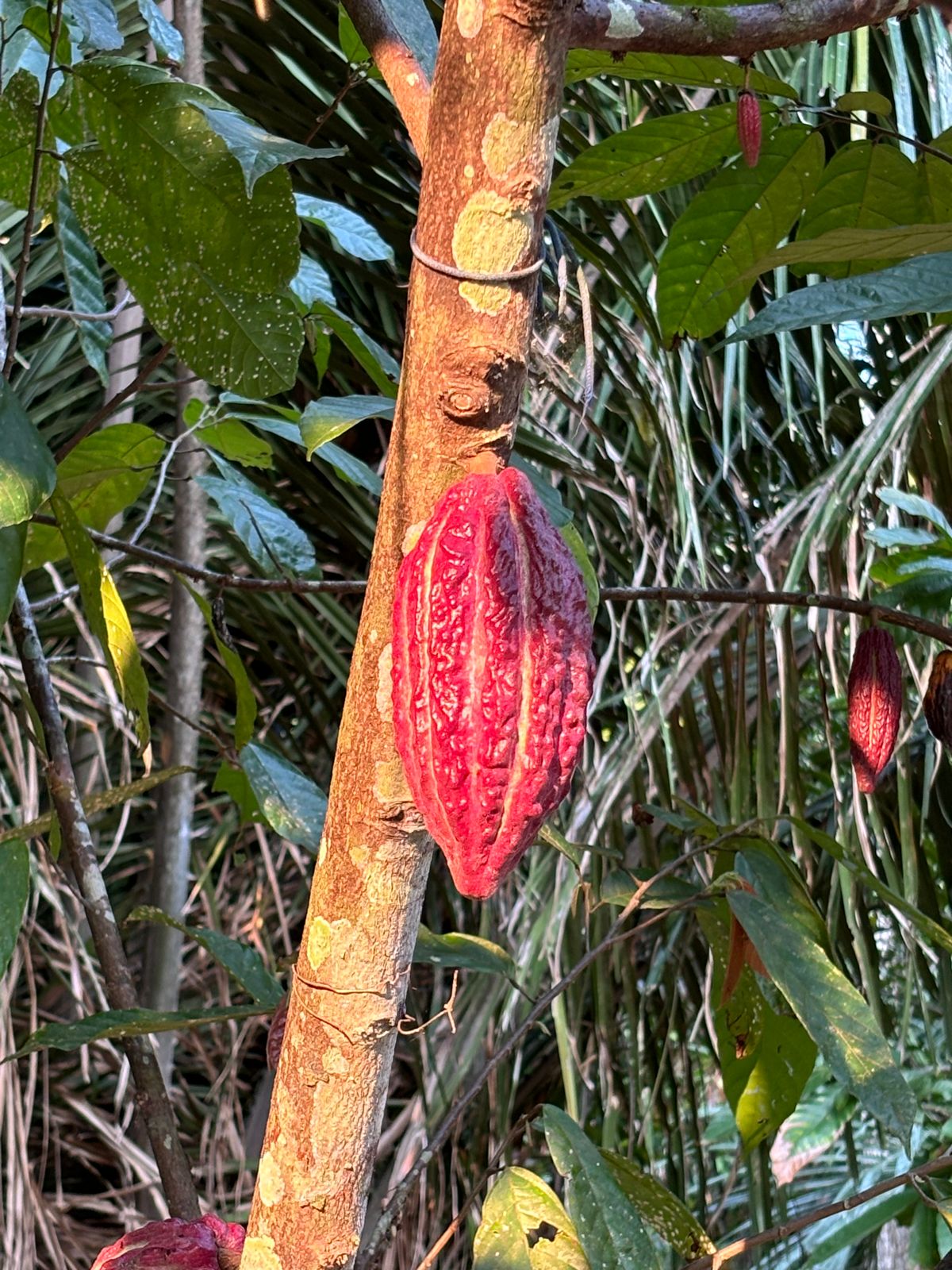
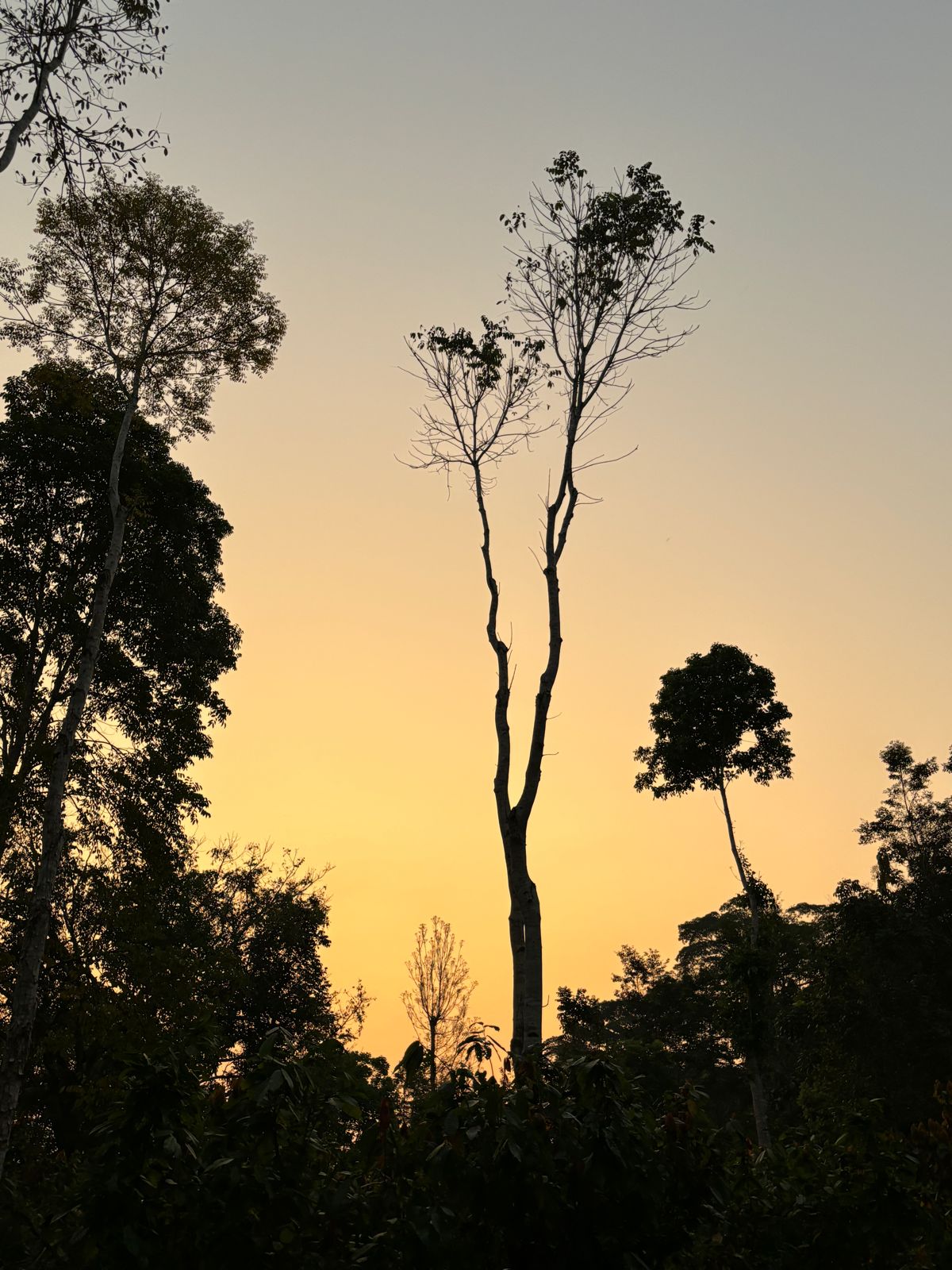
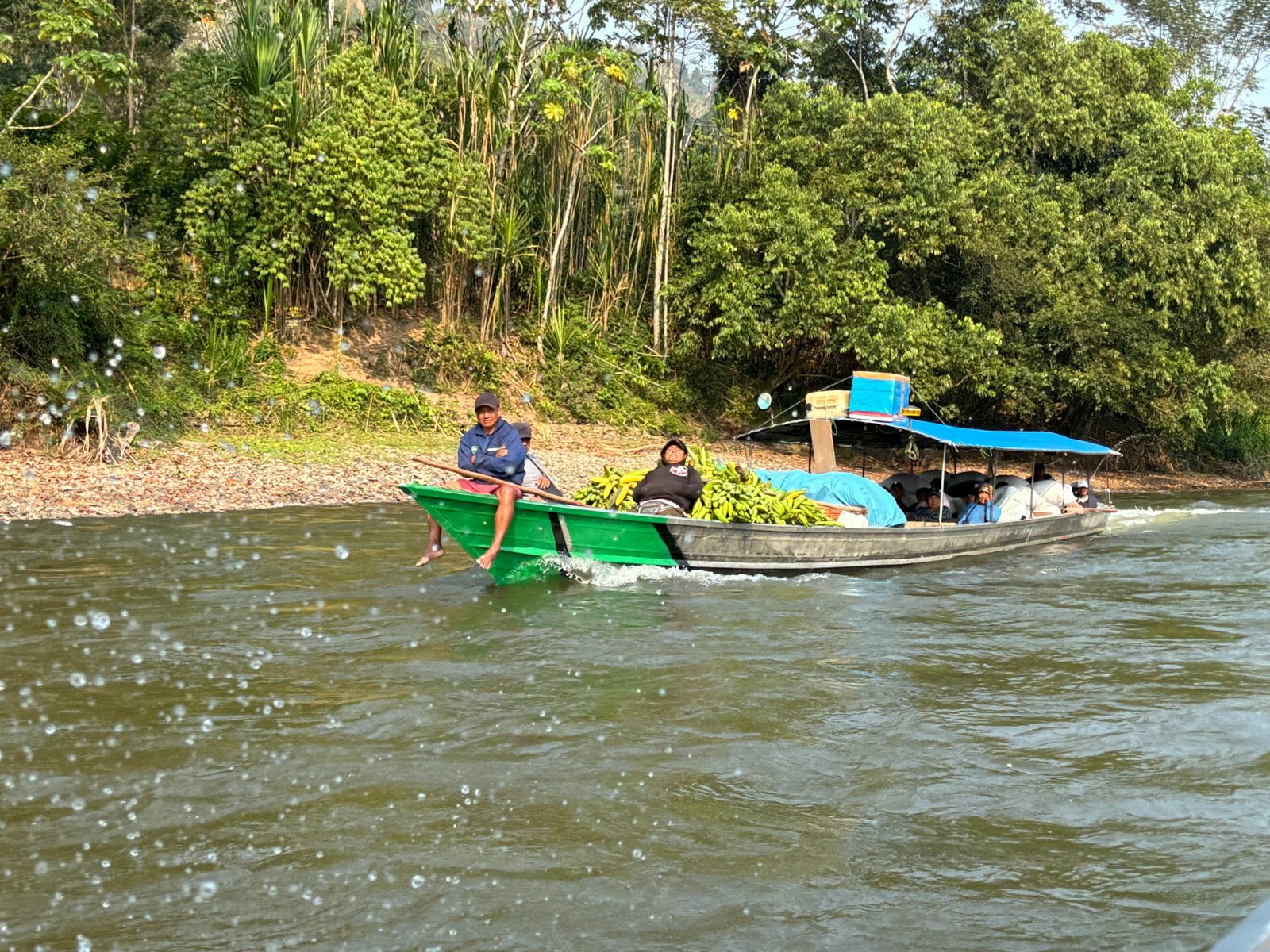
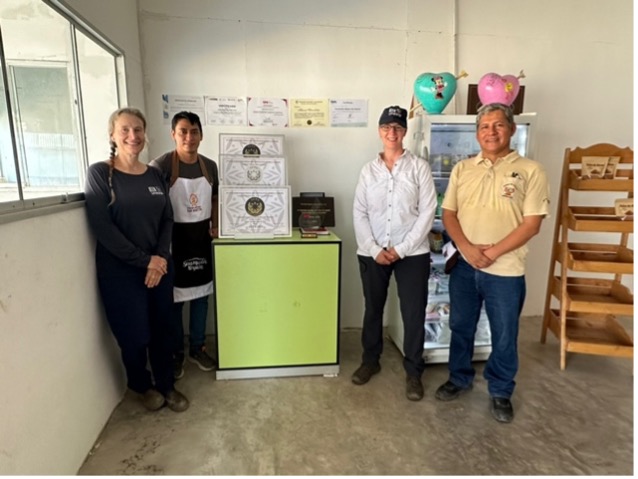
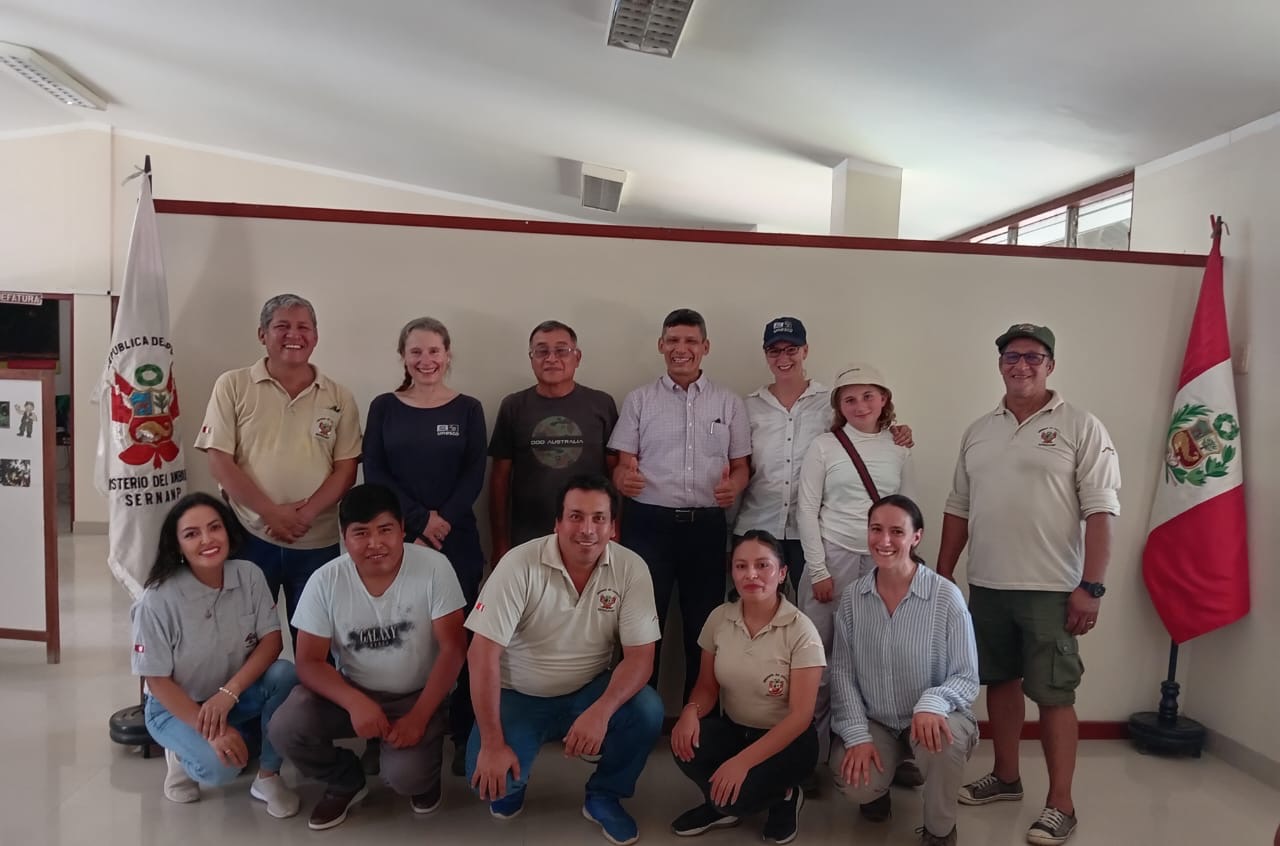
During a one day stop in Lima the UNESCO delegation attended the World Athletics U20 Championship, where two online exhibitions on the Andean bear, which they have curated, have been showcased and promoted:
1) The Andean Bear in Nature; and
2) The Andean Bear in Culture.
Both exhibitions show images by the famous heritage photographer Heinz Plenge and are published on the platform Google Arts & Culture. Through QR Codes displayed at a stand dedicated to the Andean bear, the exhibitions were accessible to the public.
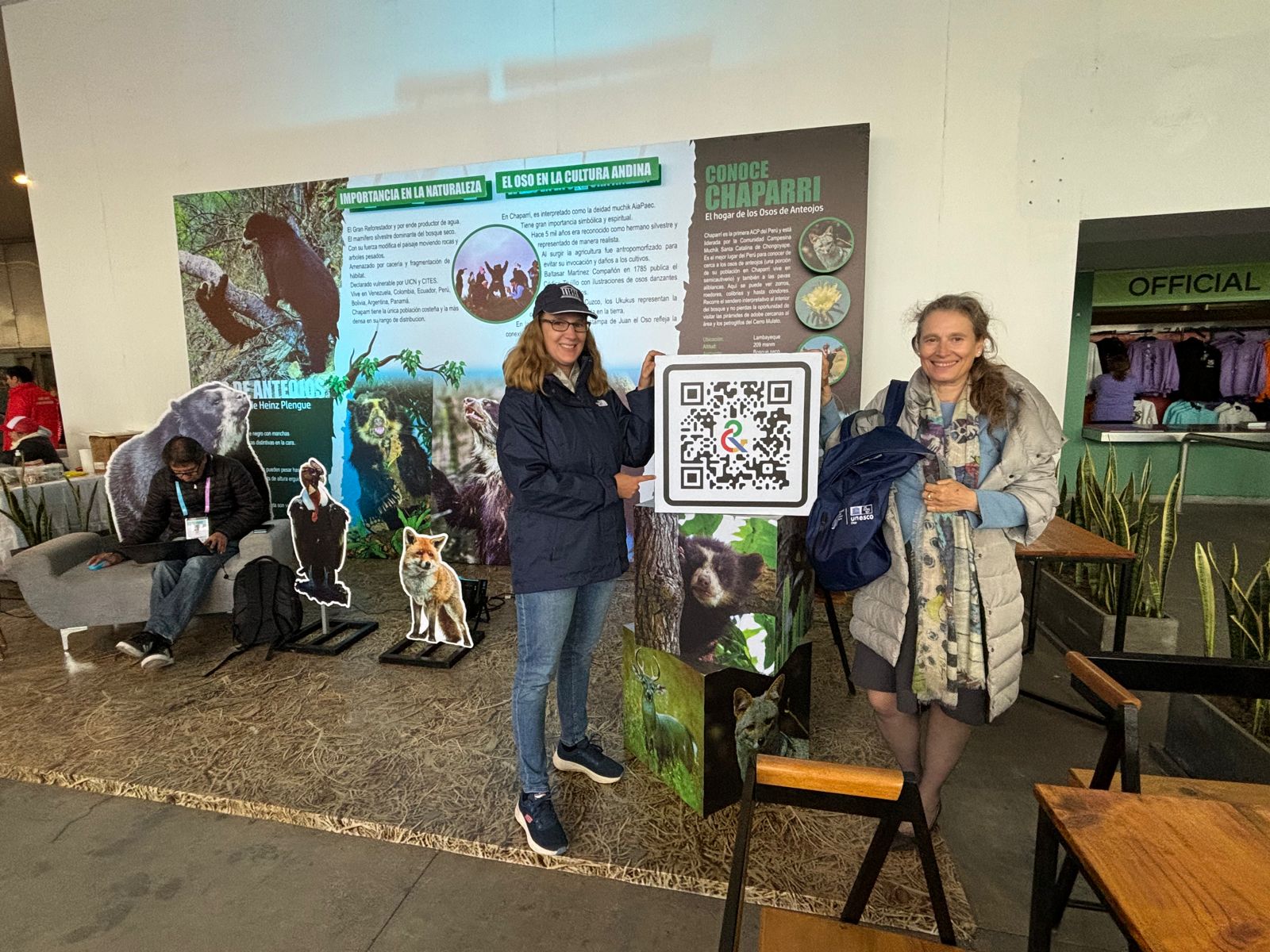
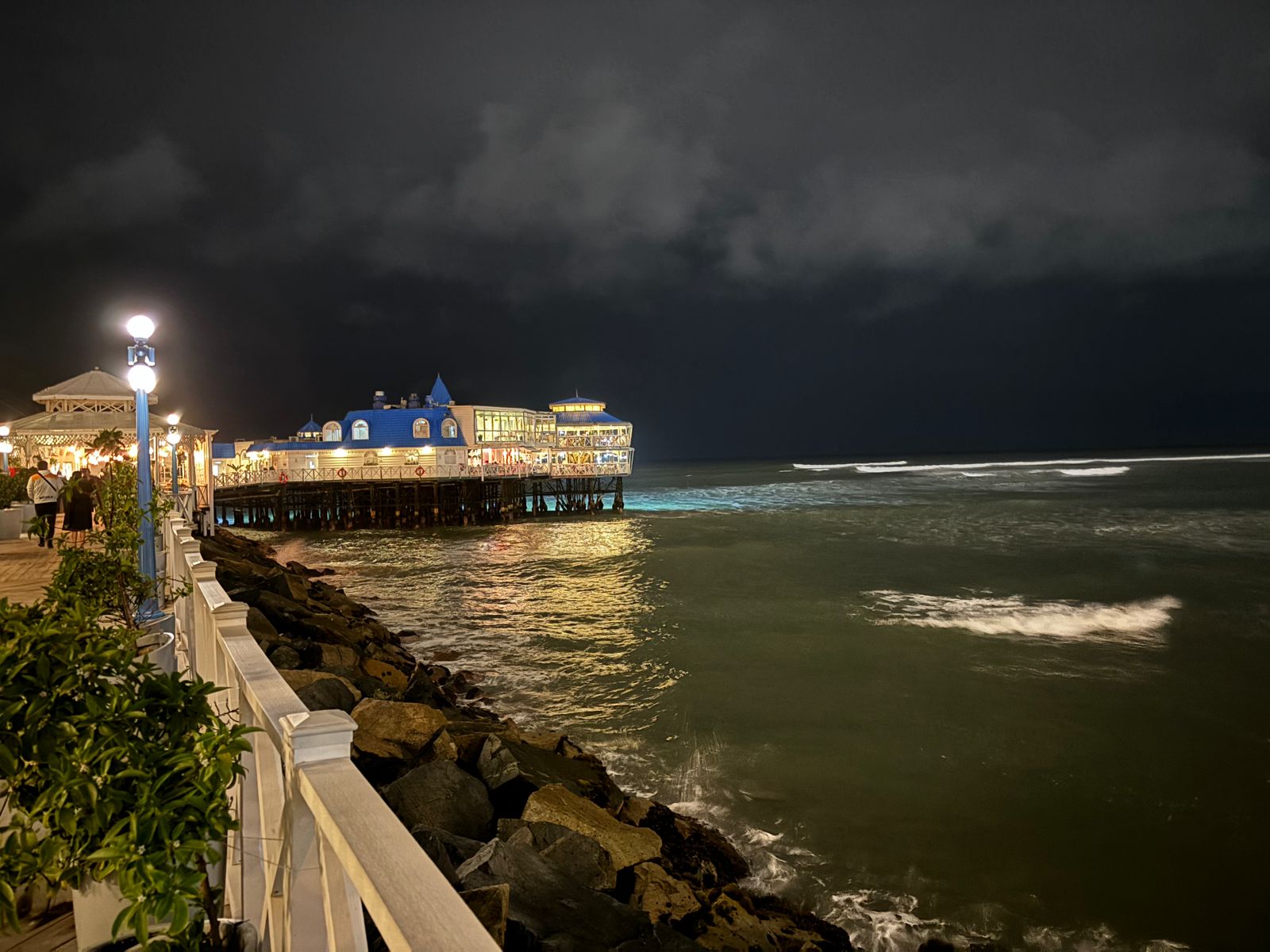
To conclude their visit in Peru, the delegation was welcomed at the Faculty of Architecture of the University of Lima by the UNESCO Chair in City, Landscape and Heritage. In a meeting with the Coordinators of the Chair Dr Enrique Bonilla Di Tolla and Dra Romina Portilla Barba and the director for World Monument Fund of the Conservation and archaeological research project at Parque Nacional of Rio Abiseo, Aldo Bolaños, they identified common themes for future collaborations for UNESCO World Heritage sites.